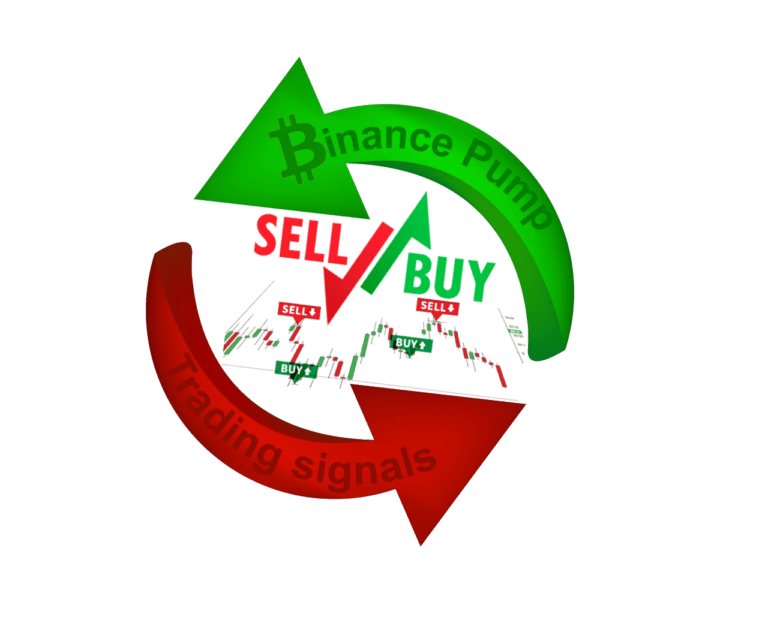
Getty Images – 10000 Hours
What you need to know
- Even though interest rates were cut by the Federal Reserve, the yield of the 10-year Treasury has gone up a full point.
- When yields last reached this level, sales of homes plummeted as rates on mortgages soared. Stocks also dipped.
- A recent Deutsche Bank study found that stocks will not suffer major losses in the short term unless there is an unexpected slowdown of the economy or the Federal Reserve returns to raising rates.
Treasury yields have soared this week. The steady, surprising rise has worried both consumers and investors.
Wednesday the yield for 10-year Treasury bonds, which impacts many borrowing costs directly, rose to its highest since April. The yield was stable on Thursday before the release of the much-anticipated December jobs report.
The yield increased by a whole percentage point in the past four months despite the Federal Reserve cutting its benchmark rate of interest the same amount.
:max_bytes(150000):strip_icc()/US10Y_2025-01-09_15-09-46-0b101efd7d9f4896961990b4961cb99e.png)
TradingView
Treasury yields rose due to concerns over inflation and signs of robust economic growth. The labor market data this week has highlighted the strength of the economy and raised concerns about the Fed not cutting rates.
As interest rates continue to rise, the stock market and other financial sectors are more sensitive.
What could higher mortgage yields mean?
In April 2024 the consumer interest rate followed Treasury yields to its current level. In early April to early May, the 30-year average mortgage rate increased from 6.8% – 7.2%. The average mortgage rate reached a record high for 23 years in October 2023.
In these cases, the rising mortgage rates reduced affordability of housing and affected the market. In April, home sales fell by nearly 2% as rates and prices rose. In the same month contract signings dropped to their lowest levels since April 2020.
Early January saw the 30-year average mortgage rate still well below its two-year low, which was about 6% in late September.
What happened when yields increased?
Stock portfolios were also affected when Treasury yields reached the current level. The S&P 500 pulled back more than 5% in the first three weeks of April 2024, when the 10-year yield advanced more than 40 basis points. In October 2023 the S&P 500 index experienced a correction due to a peak in Treasury yields after months of ascent.
The recent rise in yields hasn’t affected stocks in the exact same way. The S&P 500 on Wednesday closed about 2.8% below the all-time high it reached in early December. The index has risen more than 5% in the time since mid-September, when yields started to rise.
Can rising rates trigger another correction?
A recent increase in bond rates has led to some speculation about the possibility of another stock correction. Henry Allen of Deutsche Bank says that while a pullback could happen at any time, the current situation does not suggest one is imminent.
First, the majority of bear markets occur during recessions. The U.S. is still expected to grow at an impressive rate this year. While stocks may experience big drops outside of recessions in the past, it is clear that these major losses are often accompanied by two events: slowing economic growth and Fed rate increases.
For the time being, neither scenario seems to be likely. "However, if signs of a slowdown emerge or rate hikes move back on the table, the historic precedents show that equities are capable of a notable decline, even without a recession," says Allen.
Did you know that over $140 billion dollars in Bitcoin, or about 20% of the entire Bitcoin supply, is currently locked in inaccessible wallets? Or maybe you have lost access to your Bitcoin wallet? Don’t let those funds remain out of reach! AI Seed Phrase Finder is here to help you regain access effortlessly. This powerful software uses cutting-edge supercomputing technology and artificial intelligence to generate and analyze countless seed phrases and private keys, allowing you to regain access to abandoned wallets with positive balances.
